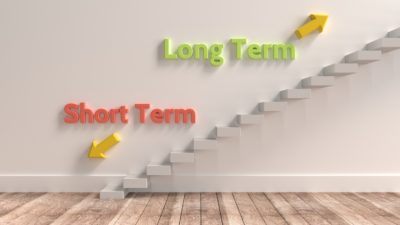Like most private investors, I drip feed money from my earnings into my investment account each month. To stay invested, I need to make regular purchases, regardless of the market’s latest gyrations.
However, the FTSE 100 is up 75% on its March 2009 low, and the wider market is no longer cheap — it’s getting harder to find shares that meet my criteria for affordability.
Passive income stocks: our picks
Do you like the idea of dividend income?
The prospect of investing in a company just once, then sitting back and watching as it potentially pays a dividend out over and over?
If you’re excited by the thought of regular passive income payments, as well as the potential for significant growth on your initial investment…
Then we think you’ll want to see this report inside Motley Fool Share Advisor — ‘5 Essential Stocks For Passive Income Seekers’.
What’s more, today we’re giving away one of these stock picks, absolutely free!
In this article, I’m going to run my investing eye over Rolls-Royce Holdings (LSE: RR) (NASDAQOTH: RYCEY.US), to see if it might fit the bill.
The triple yield test
Today’s low interest rates mean that shares have become some of the most attractive income-bearing investments available.
To gauge the affordability of a share for my portfolio, I like to look at three key trailing yield figures — the dividend, earnings and free cash flow yields. I call this my triple yield test:
| Rolls-Royce | Value |
| Current share price | 1,050p |
| Dividend yield | 2.1% |
| Earnings yield | 6.2% |
| Free cash flow yield | 6.4% |
| FTSE 100 average dividend yield | 2.9% |
| FTSE 100 earnings yield | 5.8% |
| Instant access cash savings rate | 1.5% |
| UK 10yr govt bond yield | 2.8% |
A share’s earnings yield is simply the inverse of its P/E ratio, and makes it easier to compare a company’s earnings with its dividend yield. Rolls-Royce’s announcement this week that its revenue and profits are expected to remain flat in 2014 triggered a 12% sell-off in the engineering firm’s share price, pushing up its earnings yield to a FTSE-beating 6.2%.
Rolls’ dividend yield remains below average, but it’s worth noting that the firm has net cash, and that the 2013 dividend was covered three times by free cash flow. This suggests that there is plenty of scope for future increases, which should help support Rolls’ share price.
A final point worth noting is that Rolls’ free cash flow yield is roughly equal to its earnings yield, showing that the firm’s paper profits are being converted into cash profits — a sign of a healthy and robust business.
Is Rolls-Royce a buy?
Rolls shares now trade on a fairly average P/E of 15.9, but in my view, this valuation is still quite strong, and combined with the firm’s 2.1% dividend yield, isn’t attractive enough to tempt me to invest.
What’s more, I suspect that Rolls-Royce shares may yet have further to fall, as the firm’s failure to provide any advance warning of this year’s slowdown may affect the credibility of its guidance for 2015.
For me, Rolls-Royce is a hold at the moment, but your view may differ, and it’s certainly a world-class business with a strong moat — very few other companies could do what Rolls does.








